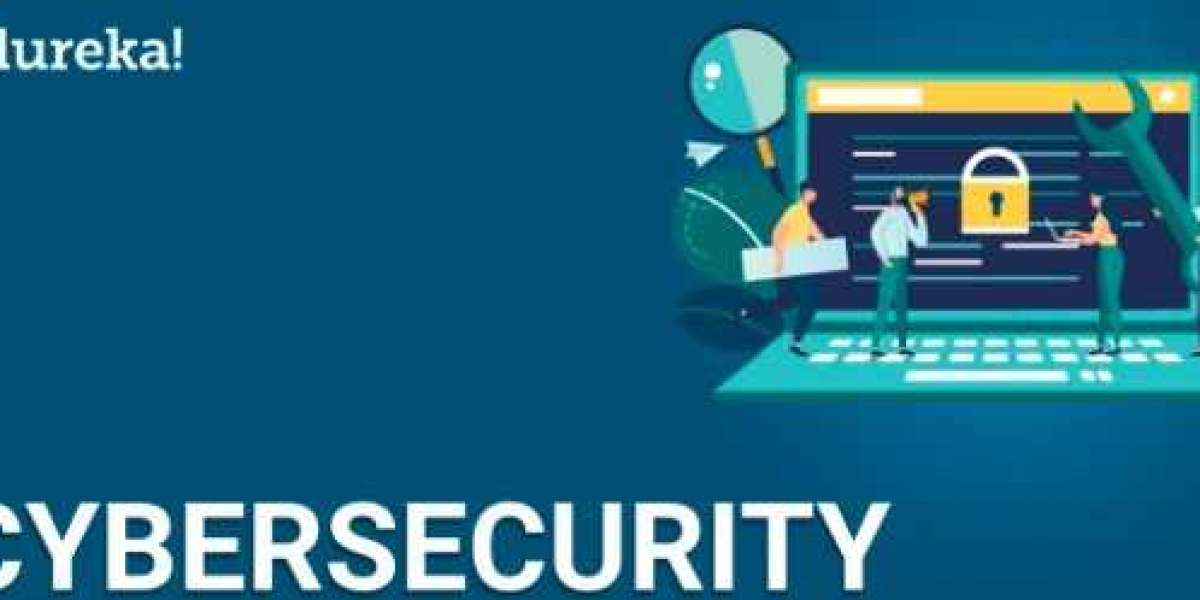Integrity in cybersecurity refers to the quality or state of being complete, unaltered, and trustworthy. It involves ensuring that data, systems, and processes remain intact and free from unauthorized modifications or tampering. Integrity focuses on maintaining the accuracy, consistency, and reliability of information throughout its lifecycle, protecting it from unauthorized changes, corruption, or loss.
In the context of cybersecurity, integrity serves as a critical pillar of data protection. It involves implementing measures to prevent unauthorized alterations or tampering, as well as detecting and mitigating any unauthorized changes that may occur. By maintaining integrity, organizations can trust the authenticity and reliability of their data and ensure that it has not been compromised or manipulated.
Data integrity involves implementing mechanisms such as encryption, hashing, digital signatures, and access controls to protect data from unauthorized modifications or corruption. These measures help ensure that data remains unchanged during storage, transmission, and processing.
System integrity focuses on safeguarding the overall security and functionality of computer systems, networks, and infrastructure. It involves protecting against unauthorized access, modifications, or disruptions to system components, configurations, and critical files. Measures like access controls, secure configurations, system monitoring, and vulnerability management contribute to system integrity.
Code integrity pertains to ensuring the integrity of software code. It involves protecting against unauthorized changes or tampering that may introduce vulnerabilities or malicious functionality. Code signing, code reviews, and secure software development practices are employed to maintain the integrity of code.
Process integrity involves ensuring that operational processes, procedures, and workflows remain intact and follow established guidelines. It includes implementing controls to prevent unauthorized modifications, deviations, or bypasses of established processes, ensuring consistency and reliability in organizational operations. By obtaining Cyber Security Certification, you can advance your career in Cyber Security. With this course, you can demonstrate your expertise in ethical hacking, cryptography, computer networks security, application security, idAM (identity access management), vulnerability analysis, malware threats, sniffing, SQL injection, DoS, and many more fundamental concepts, and many more critical concepts among others.
By prioritizing integrity in cybersecurity, organizations can establish trust in their digital assets, systems, and processes. It helps prevent unauthorized modifications or tampering, reduces the risk of data corruption or loss, maintains the accuracy and consistency of information, and supports the overall security and reliability of digital environments.
Cybersecurity, integrity encompasses several aspects:
Data Integrity: Data integrity ensures that data remains accurate and consistent, both in transit and at rest. It involves protecting data from unauthorized modifications, deletions, or alterations by implementing mechanisms such as data validation, checksums, hashing, and digital signatures. By maintaining data integrity, organizations can trust the reliability and accuracy of their data.
System Integrity: System integrity involves safeguarding the integrity of computer systems, networks, and infrastructure. It focuses on preventing unauthorized access, modifications, or disruptions to system components, configurations, or critical files. Measures such as access controls, secure configurations, system monitoring, and vulnerability management help maintain the integrity of systems.
Code Integrity: Code integrity ensures that software code remains unaltered and free from unauthorized modifications or tampering. It involves protecting against unauthorized changes to software code, which can introduce vulnerabilities or malicious functionality. Code signing, code reviews, and secure software development practices are employed to ensure the integrity of software code.
Configuration Integrity: Configuration integrity involves maintaining the integrity of system configurations and settings. It ensures that systems and applications are configured securely and that changes to configurations are authorized, tracked, and validated. Unauthorized or uncontrolled changes to configurations can introduce vulnerabilities and compromise system integrity.



